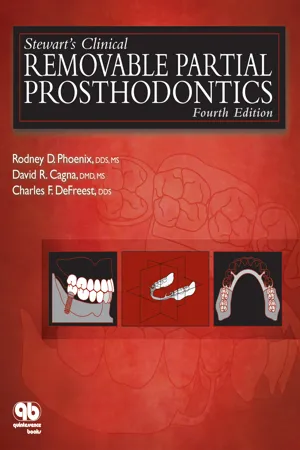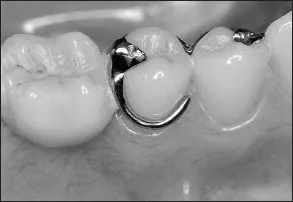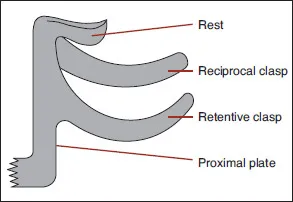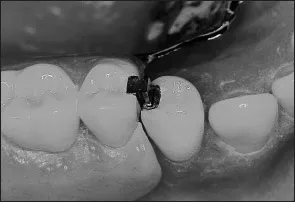
Stewart's Clinical Removable Partial Prosthodontics
Fourth Edition
- 518 pages
- English
- ePUB (mobile friendly)
- Available on iOS & Android
Stewart's Clinical Removable Partial Prosthodontics
Fourth Edition
About this book
The fourth edition of this classic prosthodontic textbook features a new chapter on implant-assisted removable partial dentures as well as a description of the Prosthodontic Diagnostic Index. As before, the text provides an overview of removable partial denture service in contemporary dental practice with an emphasis on clinical and design aspects. Clinical topics range from examination and treatment planning to mouth preparation and prosthesis placement. Common design philosophies are discussed, and a step-by-step method for partial denture design is presented. Also included are alternative removable partial denture therapies such as Swing Lock and attachment-type prostheses. To facilitate visualization and understanding, the text is accompanied by numerous illustrations. Like those that came before it, this edition is intended to help the student, the general practitioner, and the specialist consistently provide high-quality prosthodontic treatment for their patients.
Frequently asked questions
- Essential is ideal for learners and professionals who enjoy exploring a wide range of subjects. Access the Essential Library with 800,000+ trusted titles and best-sellers across business, personal growth, and the humanities. Includes unlimited reading time and Standard Read Aloud voice.
- Complete: Perfect for advanced learners and researchers needing full, unrestricted access. Unlock 1.4M+ books across hundreds of subjects, including academic and specialized titles. The Complete Plan also includes advanced features like Premium Read Aloud and Research Assistant.
Please note we cannot support devices running on iOS 13 and Android 7 or earlier. Learn more about using the app.
Information
1
INTRODUCTION AND CLASSIFICATION
Terminology
Branches of prosthodontics

Terms related to dental prostheses




Table of contents
- Cover
- Title Page
- Copyright Page
- Table of Contents
- Preface
- Contributors
- 1 Introduction and Classification
- 2 Major Connectors, Minor Connectors, Rests, and Rest Seats
- 3 Direct Retainers, Indirect Retainers, and Tooth Replacements
- 4 Mechanical Principles Associated with Removable Partial Dentures
- 5 The First Diagnostic Appointment
- 6 The Second Diagnostic Appointment
- 7 Survey and Design
- 8 I-bar Removable Partial Dentures
- 9 Implant-Assisted Removable Partial Dentures
- 10 Mouth Preparation and Master Cast
- 11 Laboratory Procedures for Framework Construction
- 12 Fitting the Framework
- 13 Special Impression Procedures for Tooth-Tissue–Supported Removable Partial Dentures
- 14 Establishing Occlusal Relationships
- 15 Try-In and Completion of the Partial Denture
- 16 Delivering the Removable Partial Denture
- 17 Postinsertion Observations
- 18 Maintenance and Repair of Removable Partial Dentures
- 19 Interim, Transitional, and Treatment Prostheses
- 20 Other Forms of Removable Partial Dentures
- 21 Attachments for Removable Partial Dentures
- About the Authors